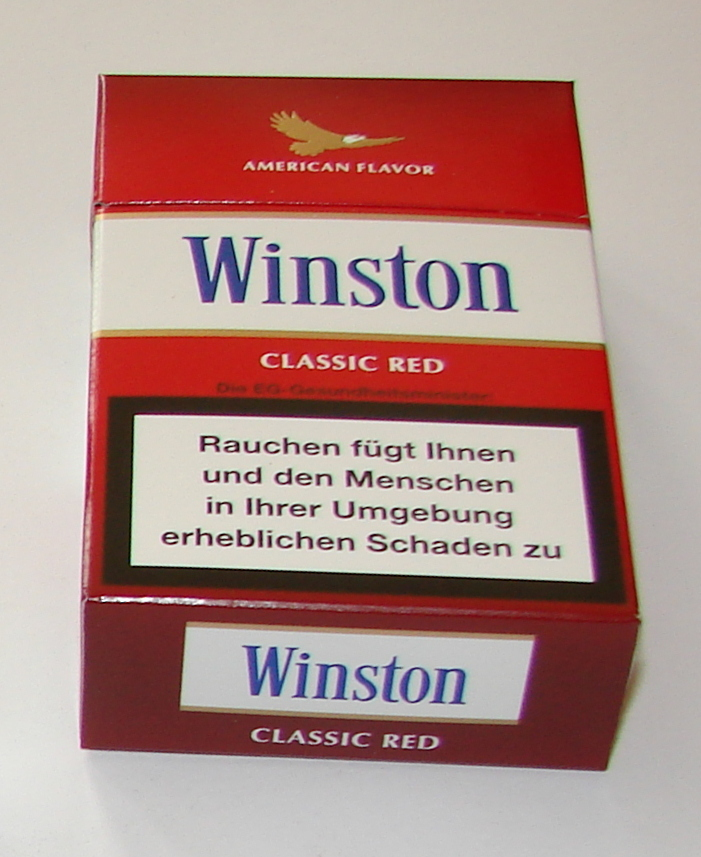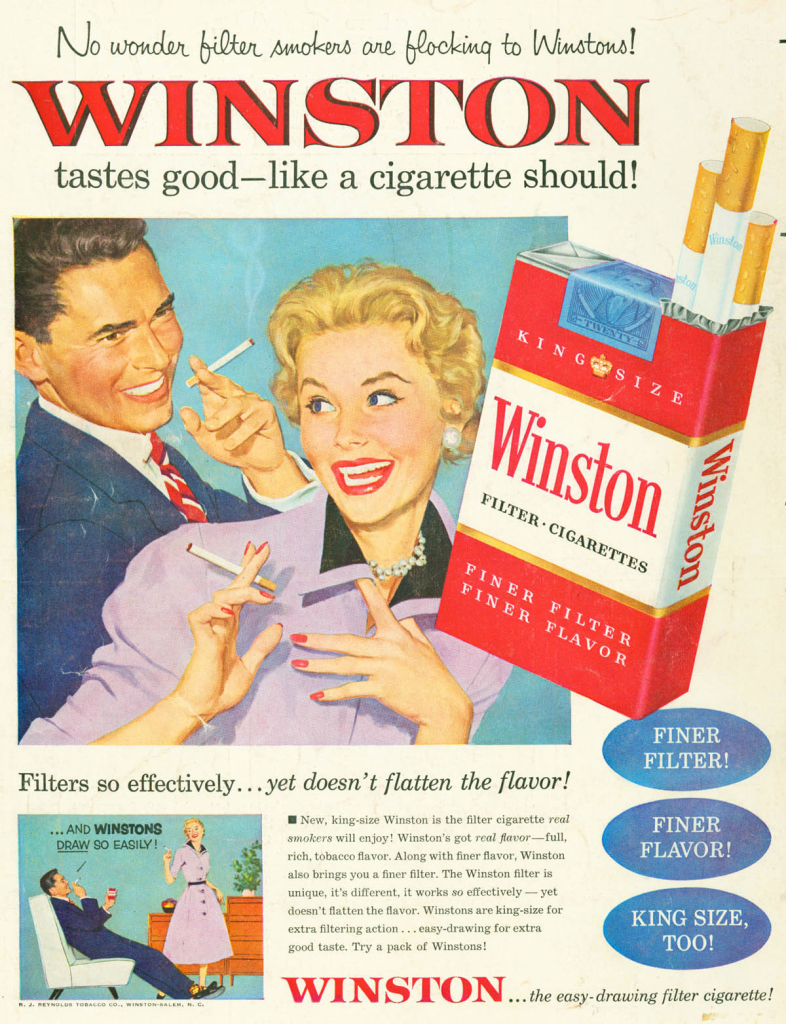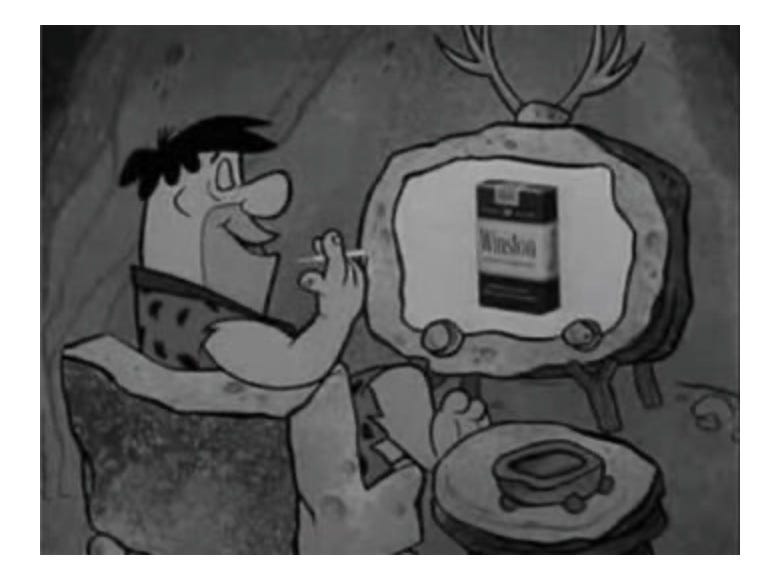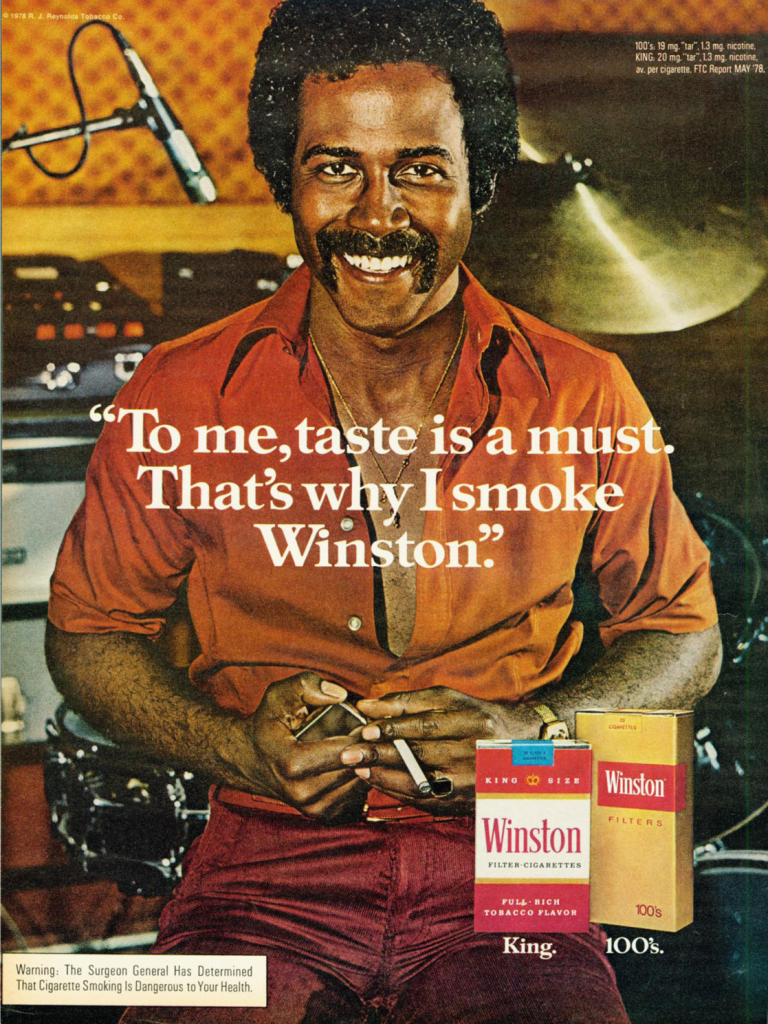Since its launch in the 1950s, Winston cigarrillos have been more than just a tobacco product—it has been a cultural icon. Known for its memorable slogans, clever television placements, and bold branding strategies, Winston played a defining role in shaping the image of cigarette advertising and how products could weave their way into the fabric of popular culture.
In this article, we explore how Winston’s advertising campaigns evolved and how they influenced media, language, and societal trends.

The Rise of Winston: A New Era in Cigarette Marketing
Introduced in 1954 by R.J. Reynolds, Winston was among the first filtered cigarettes marketed with a strong identity. Its breakthrough use of mass media advertising, especially during the television boom of the 1950s and 60s.
One of its earliest and most impactful slogans—“Winston tastes good like a cigarette should”—was catchy .
This bold move highlighted a key marketing philosophy: cultural friction can create long-term resonance.

Winston in Television: From Commercials to Cartoons
Winston was one of the earliest cigarette brands to sponsor and integrate with television shows. In the 1960s, it famously sponsored Los Picapiedra, creating animated ads featuring Fred and Barney puffing on Winstons.
Although such product placements would be unthinkable today, at the time, it normalized smoking in entertainment and directly connected the brand to American family life and humor.
By becoming part of prime-time TV, Winston didn’t just reach viewers—it became a shared experience, a symbol of post-war leisure and adulthood.

Language and Slogans That Stuck
Winston’s tagline, “Winston tastes good like a cigarette should,” became so widely known that it entered everyday conversations and was parodied across media formats—from comedy skits to political cartoons.
It was more than a slogan. It became part of the American lexicon, influencing how other brands thought about linguistic memorability. Even today, marketing students study it as an example of how imperfect grammar, when done intentionally, can boost brand awareness.
Cultural Symbolism and Identity
Throughout the 60s and 70s, Winston positioned itself as a brand for the modern, rugged, working-class American. Print ads featured cowboys, truck drivers, and everyday men—the precursors to later Marlboro-style masculinity branding.
This blue-collar appeal allowed Winston to create a distinct identity separate from more elite or feminine-targeted brands. It wasn’t just about smoking—it was about lifestyle, toughness, and belonging to a larger American narrative.

The Decline and Legacy
Winston‘s media presence diminished as advertising laws changed in the 1970s and 80s, especially regarding cigarettes on TV and radio. However, its legacy remained.
Many advertising historians and branding experts credit Winston with shaping the modern concept of brand personality—where the brand becomes a character, a lifestyle, and a cultural reference point.
Winston’s Lasting Impact on Popular Culture
Here’s a quick look at how Winston’s advertising left a lasting footprint:
- Memorable Slogans: Entered everyday language and pop culture references
- TV Integration: One of the earliest brands to normalize product placement
- Targeted Identity: Helped define the blue-collar, masculine aesthetic in ads
- Cultural Rebellion: Used controversy to drive engagement and awareness
Conclusión
Winston‘s advertising campaigns didn’t just sell cigarettes—they influenced language, television, and the collective cultural memory of several generations. While societal attitudes toward smoking have shifted dramatically, the brand’s early marketing efforts still stand as powerful examples of how advertising can impact—and even shape—popular culture.
From jingles to cartoons, Winston’s influence went far beyond the smoke. It helped define what it meant to be bold, disruptive, and unforgettable in a media-driven world.
